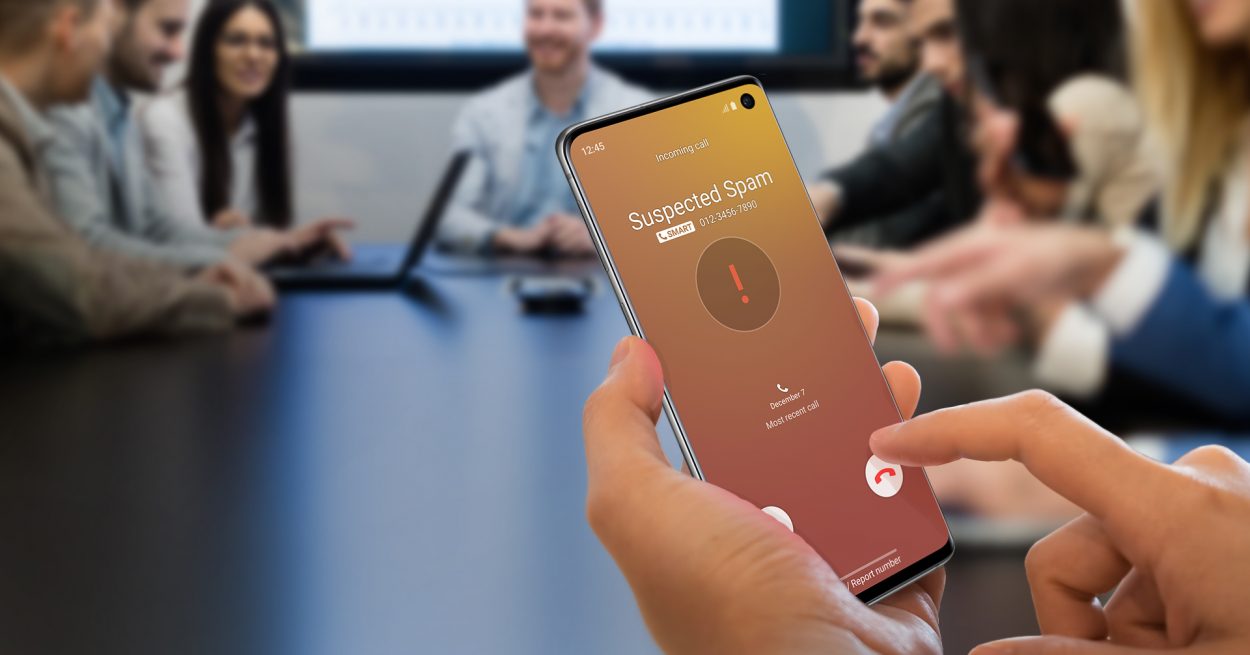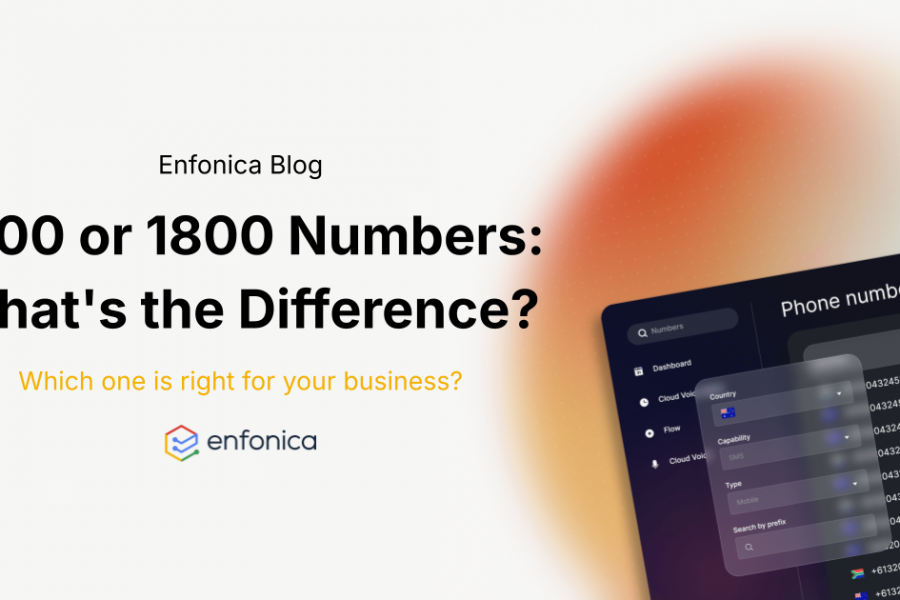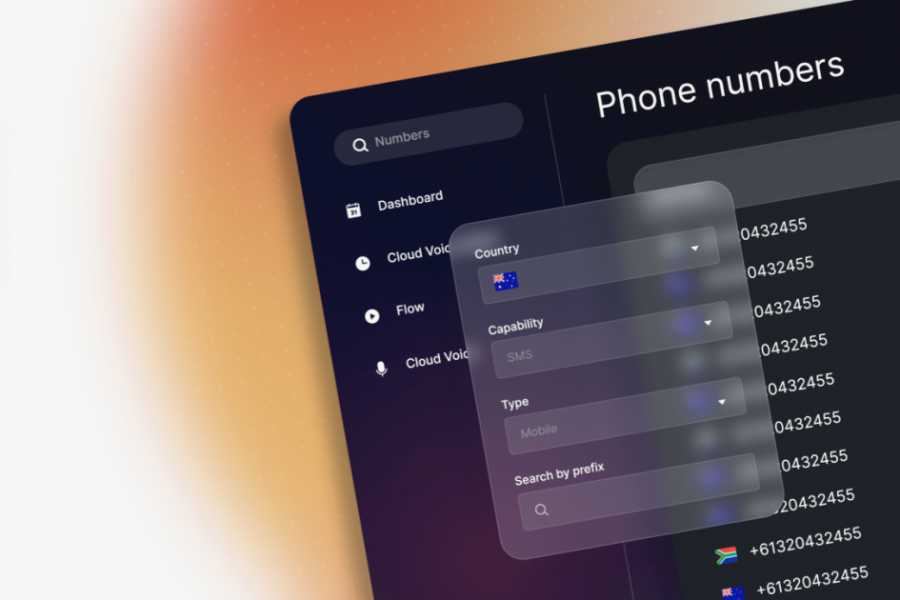Consumers have declining trust in unknown calls, resulting in outbound call centers that are unable to contact hot prospects. Luckily, there are a variety of techniques that can increase the probability that calls are answered.

5 Tips to Increase Answer Rate in your Outbound Call Center
Meet Average Joe. He’s just bought a new car and needs to buy insurance. He searches online and finds Great Insurance, who seem to be a trustworthy insurance provider with good reviews. He leaves his details to get a quote for their best price.
Some time later, Average Joe receives several calls from phone numbers he doesn’t recognize, all from another city. He gets a lot of fraudulent calls, and feels no guilt when he lets the calls ring out. Later, because he didn’t receive a quote, he purchases insurance from another company.
Average Joe’s experience isn’t fiction. Every day, people across Australia are rejecting calls due to declining trust in unknown calls. For Average Joe, this was an inconvenience, but for Great Insurance, this resulted in lost revenue.
So what could Great Insurance – or any other outbound call center that needs to contact hot prospects – do to improve the situation? Let’s dive in.
Use a caller ID that’s close to your prospect
People are more likely to answer a call that appears local.
You can purchase an inventory of phone numbers from around Australia, and use those numbers as outbound caller IDs. There are two general strategies:
- Broad localization, where you use a caller ID in the same state as the prospect.
- Hyper-localization, where you use a caller ID in the same city as the prospect.
Since most prospects will provide you with their mobile phone number, you can’t use their area code to determine which caller ID to use, so you will need to collect their location information another way. You can automate this at the time they submit their contact details using an IP address location service.
As best practice, you should always ensure that your caller IDs are configured so that if the prospect calls back, they will receive a relevant experience with your brand.
Monitor the reputation of your caller IDs
Even with the most legitimate outbound call campaigns, if you make enough calls, there will be people who will flag your caller ID as spam. This can manifest in two ways:
- Automatic blocking. Block lists are implemented on a vendor-by-vendor basis. For example, when a certain threshold of reports is reached on Samsung devices, up to 20% of your prospects will become instantly unreachable.
- Complaints. There are numerous websites where people complain about calls from specific caller IDs. A number of your prospects will search your caller ID online when you call them. If it has a bad reputation, they will be less likely to answer.
The quickest way to recover from a flagged caller ID is to swap to a new phone number.
Add SMS to your outreach strategy
There are a variety of creative ways to use SMS with prospects.
Here are some ideas to increase answer rates with your prospects.
- Send an SMS before calling, letting them know who you are and when you will be calling, optionally allowing them to reschedule to a more convenient time.
- If the prospect doesn’t answer, send an SMS to allow them to reschedule the call or request a call back.
It’s inevitable that you’ll end up with a list of cold leads that you weren’t able to connect with. You can try sending them an SMS to re-engage, re-assess interest, offer your best price or whatever else you think will resonate with them.
Branded calls
A relatively new feature on some Android handsets is the ability to brand your calls. This allows you to show:
- Your brand name.
- Your logo.
- A short description of the reason for your call.
Branding your outbound calls can increase the perceived trustworthiness of your brand and increase the likelihood that prospects will answer your calls.
Experiment, measure and iterate
You should treat each change that you make to your outbound calling strategy as an experiment, and ensure you have the ability to measure and compare the effectiveness of the changes you are making.
By making data-driven decisions and continuously iterating, you’ll have the best chance to deliver real business value.
Summary
In our story, Great Insurance lost real revenue due to Average Joe’s declining trust in unknown calls. Luckily, there are a variety of techniques that can increase the probability that calls to prospects are answered.
If you could connect with just 2% more of your hot prospects, how much would this be worth to your business?
We’ll let you do the math.








